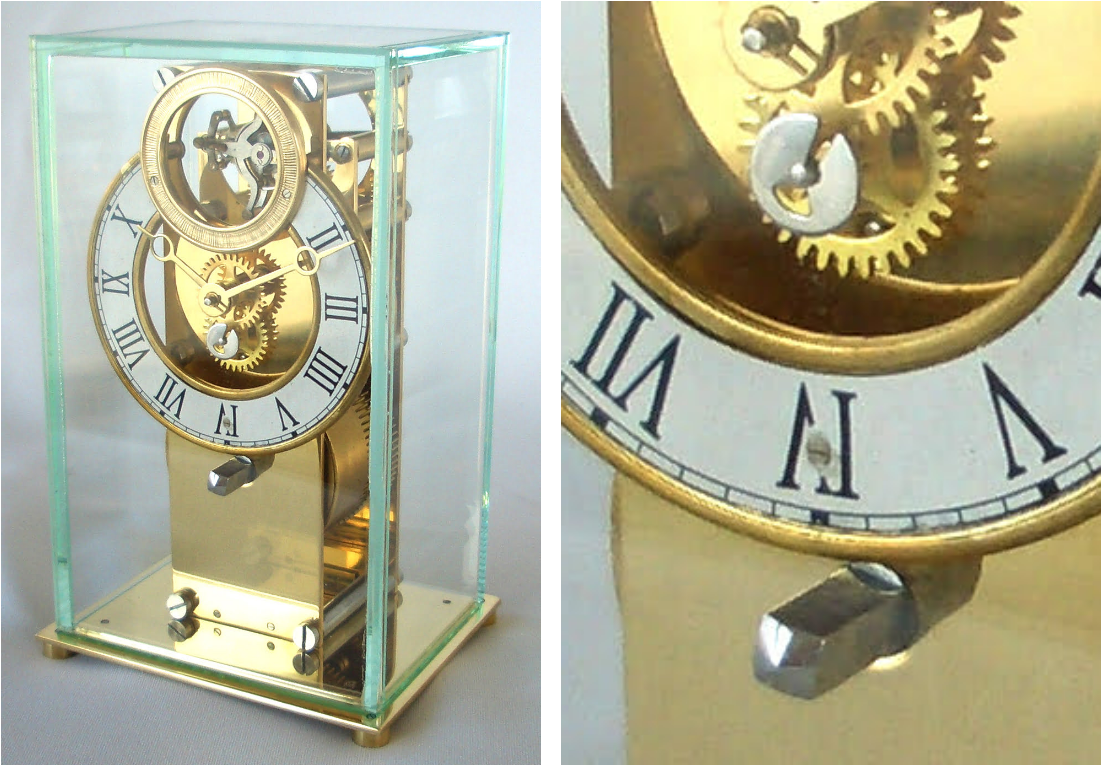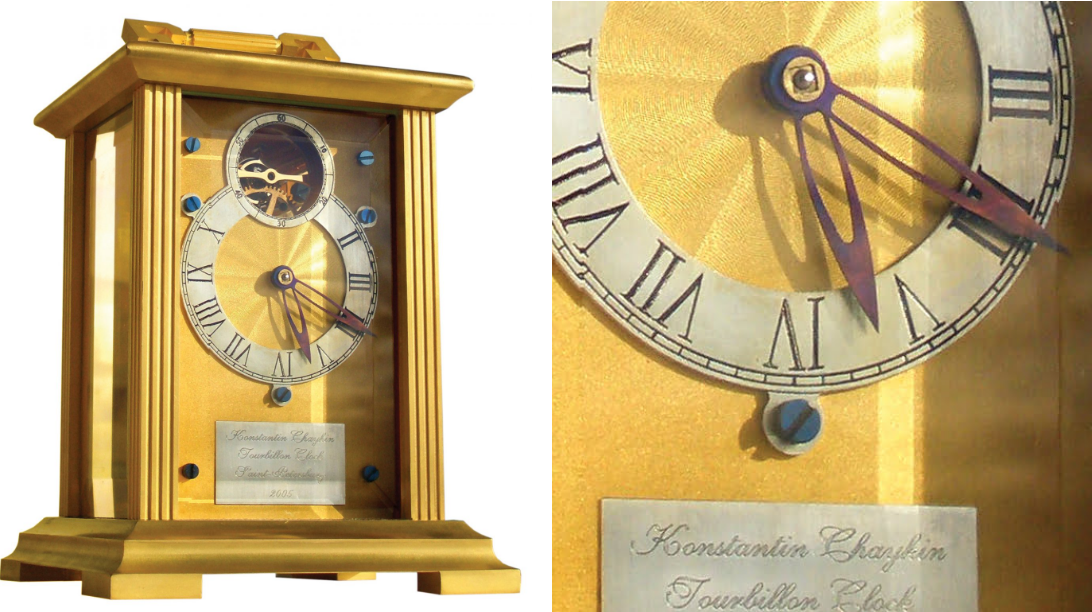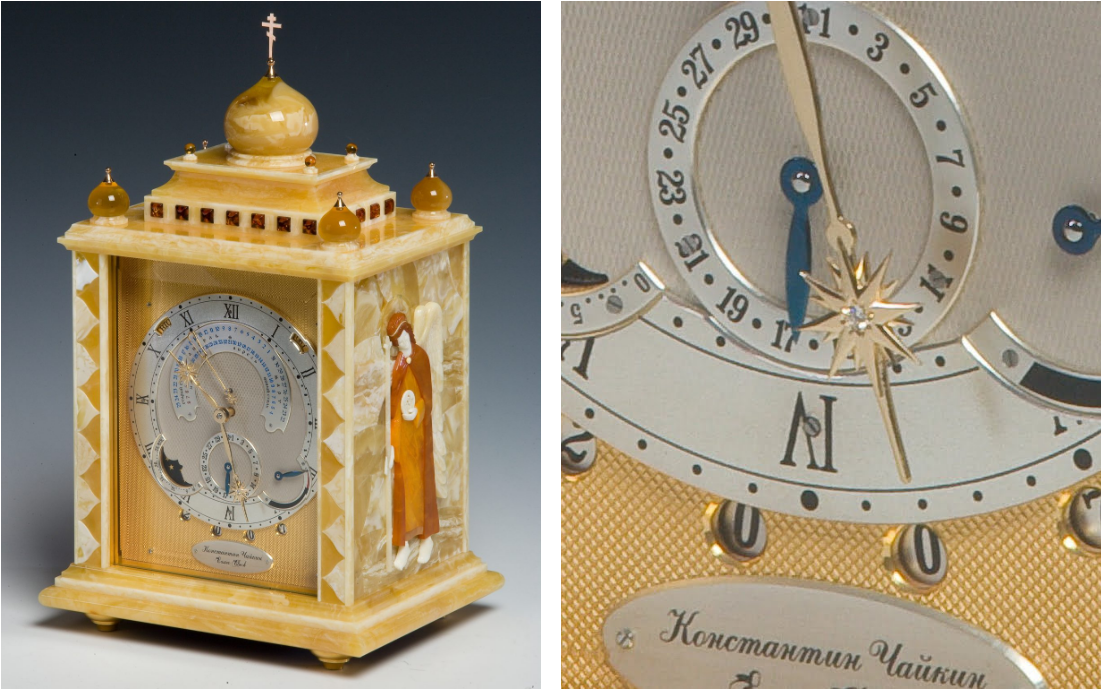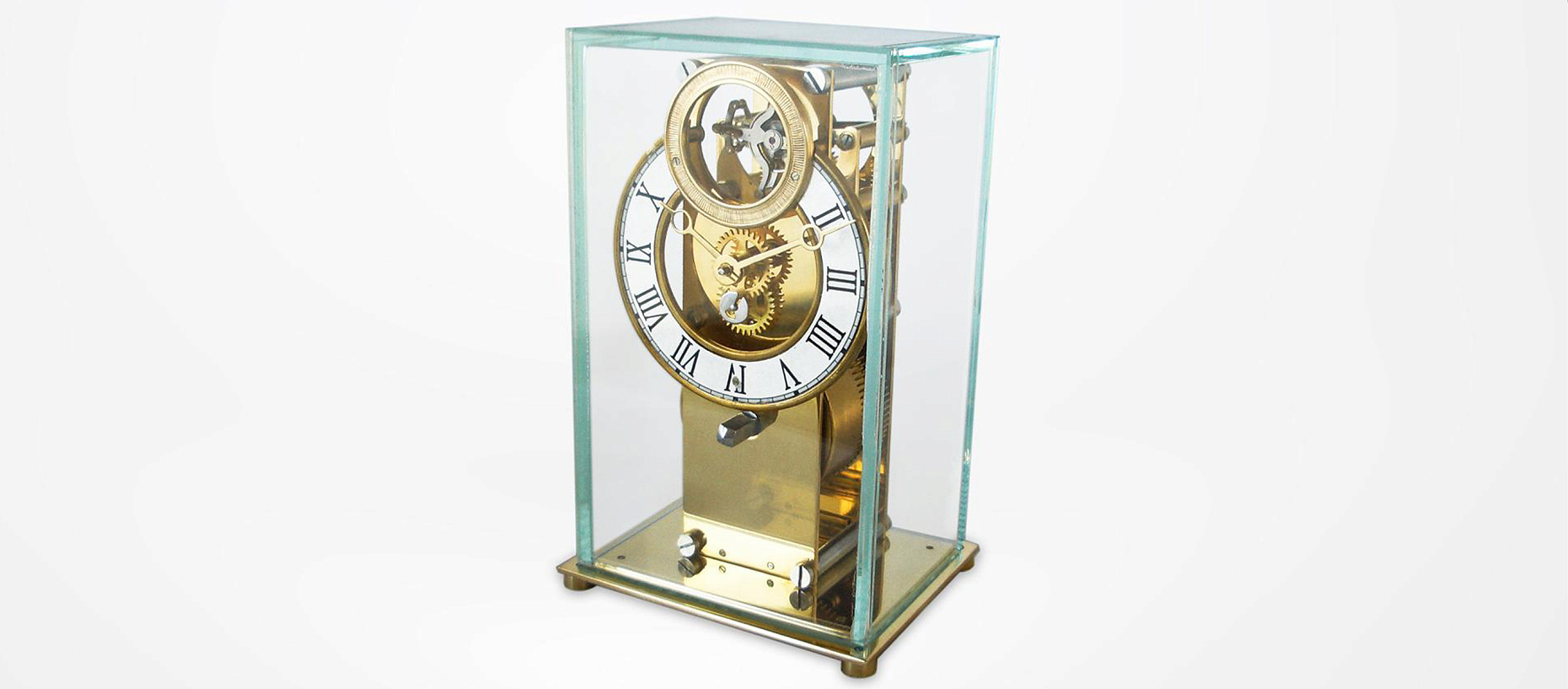Действительно, ошибки случаются. То, смотришь, омеговские «симастеры» продаются с надпечаткой «спидмастера», были такие модели в продаже в конце 1990-х (сталь, белый циферблат) – и тоже в России, а там вдруг всплывают бронзовые «союзнические тюдоры» из спецсерии для «Бухерера» с пропущенной второй i в «officially»… Также обнаруживались неоднократные проблемы с 20-минутным маркером, в частности, были замечены экземпляры Hamilton Khaki Pilot GMT с «20» вместо «25» на минутной шкале и TAG Heuer Carrera Calibre 16 с «20» вместо «30» в нижней части циферблата. Больше всего с двадцатками «повезло» «Лонжину» – в хронографах Heritage 1942 Chronograph, выпущенных к 180-летию компании в 2012 году, двадцатиминутный маркер шкалы 30-минутного счётчика хронографа напечатан дважды: там, где он и должен быть, и второй раз на месте 25-минутного маркера. Бренд не заметил эту ошибку на стадии разработки, вся серия успешно миновала многочисленные этапы контроля качества (циферблаты производятся поставщиком, так что и там тоже) и пошла в производство с этой ошибкой, причём, обе модели, как с белым, так и с чёрным циферблатом. Более того, часы с ошибочным маркером попали в каталоги и пресс-релизы… Разумеется, при обращении покупателя в бренд циферблат меняют ввиду очевидности производственного дефекта, но, полагаю, многие коллекционеры предпочтут оставить ошибочный «лонжин» у себя в исходном состоянии. Как и уже раритетные омеговские «спидмастеры» 1960-х, где вместо маркера «200» тахиметрической шкалы (она выгравирована на ободке) значится «220».
Римские цифры тоже иногда обманывают дизайнеров. В конце 1990-х некоторые модели «альтиплано» бренда Piaget оснащался очень красиво нарисованными «разлетающимися» римскими цифрами на циферблате. Красота не спасла, и на циферблатах некоторых экземпляров навсегда остались две римские девятки – первая там, где ей и положено находиться, а вторая на месте 11-часового маркера. В историю с римскими цифрами также попадала компания «Ланге». Циферблаты флагманской модели «Ланге 1» размечаются накладными римскими цифрами в положениях «3», «6», «9» и «12 часов», разумеется, маркеры прикрепляются к циферблату вручную. Это чрезвычайно кропотливая работа и, по-видимому, в процессе сборки мастера, сконцентрировавшие своё внимание на безукоризненном исполнении этой операции, иногда – крайне редко! всего было обнаружено три экземпляра с ошибочным циферблатом! – ставят римскую девятку вверх ногами, то есть как XI. И в этом случае часы проходили все проверки, включая контроль качества в ателье Quadrance et Habillage (входит в группу компаний, ассоциированных с Parmigiani Fleurier) – а именно там производились циферблаты для «Ланге 1». Ошибка была обнаружена уже покупателем, в «Ланге» подняли и просмотрели все архивные фотографии (у них все собранные часы перед отправкой в магазины обязательно фотографируются), и обнаружили три экземпляра с неправильным циферблатом. Связались с покупателями, но они, как сообщалось, наотрез отказались отправлять часы для замены циферблатов. Это коллекционные экземпляры, и очень редкие, так что всё понятно.
 «Основополагающий турбийон», 2004 год.
«Основополагающий турбийон», 2004 год. Почему я пишу об этой истории? Потому что существует несколько экземпляров, изготовленных Константином Чайкиным, где также имеются ошибочные циферблаты. Впрочем, действительно ошибочным был только экземпляр – насколько это известно на данный момент. Здесь стоит предоставить слово Константину: «Если внимательно посмотреть на первый турбийон, увидишь маленькую ошибку, которую никто никогда не замечал – на циферблате вместо римской шестёрки стоит римская четвёрка. Я обратил на неё внимание, когда часы уже были готовы, а затем я специально повторил этот баг дважды, потому что мне это очень понравилось: в каретных часах с турбийоном и во второй пасхалии».
 «Каретные часы Турбийон», 2005 год.
«Каретные часы Турбийон», 2005 год. Да, действительно, неправильная римская четвёрка, выгравированная вместо шестёрки на циферблате настольных часов «Основополагающий турбийон», оставшаяся незамеченной почти всеми, затем была уже намеренно воспроизведена мастером в настольных часах «Каретные часы Турбийон» и «Пасхалия Воскресение». Часовое дело – серьёзное занятие, но всё же часовщики иногда шутят.
 «Пасхалия Воскресение», 2007 год.
«Пасхалия Воскресение», 2007 год. В какой-то момент мне показалось, что эта история исчерпана. Но я ошибался. Просматривая декабрьский номер Antiquarian Horology 2013 года (том 34, №4), я вдруг заметил знакомую картинку: в так называемых фонарных часах Джеймса Поррвиса, вероятно, наиболее раннем экземпляре персональных часов, произведённом в Англии и сохранившемся до наших дней (собственно, это и было предметом статьи) обнаружилась та самая четвёрка – IV, там, где по всем правилам часового искусства должна стоять шестёрка – VI. Особую пикантность этой находке придавал тот факт, что четырёхчасовой маркер часов Поррвиса в согласии с традицией изображён как IIII.
 Часы Джеймса Поррвиса. Фото – Antiquarian Horology.
Часы Джеймса Поррвиса. Фото – Antiquarian Horology. Часы Поррвиса были изготовлены в 1567 году, то есть за 437 лет до «Основополагающего турбийона» Чайкина, и сколько я не пытался отыскать какую-то подоплёку или другие экземпляры того периода, не преуспел. Это была просто ошибка, совершенно таинственным образом повторившаяся в часах Константина Чайкина спустя четыре века. Ошибки случаются и, помимо того, иногда они повторяются.
